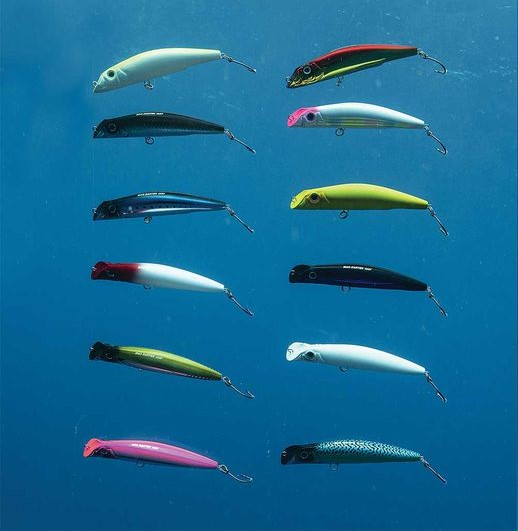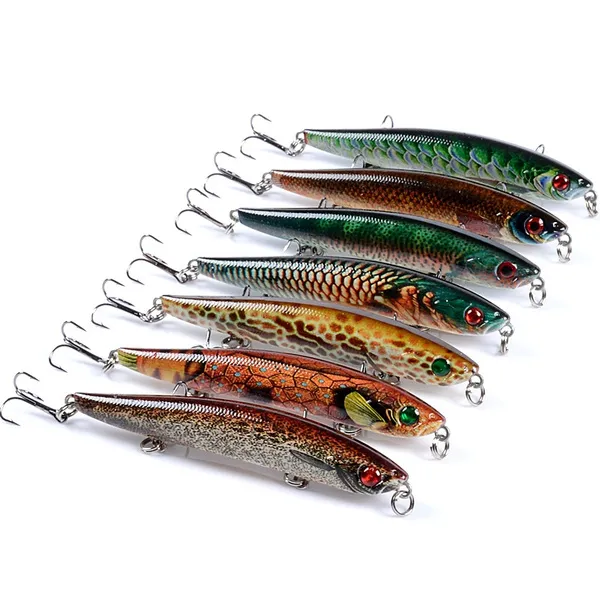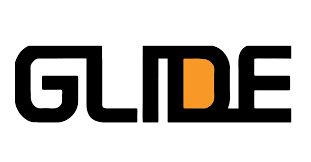
The Ultimate Guide to Light vs. Dark Colored Lures: Maximize Your Fishing Success
Are you tired of coming home empty-handed after a long day of fishing? Do you find yourself wondering why others seem to catch more fish than you do? One possible explanation for this could be the color of your lures. In this ultimate guide, we will explore the science behind color and how it can impact your fishing success. We will specifically focus on the difference between light and dark colored lures and provide examples of when to use each type to maximize your chances of catching fish.
Key Highlights
- Understanding the Science of Color: Explore how light wavelengths interact with water and fish vision, impacting lure visibility.
- Light Colored Lures: Ideal for clear water and sunny conditions, light lures like white, silver, or gold are more visible and can attract fish from a distance.
- Dark Colored Lures: Best suited for murky water and cloudy days, dark lures such as black, brown, or green blend with natural environments and appeal to cautious fish.
- Situational Use of Lures: Guidelines on selecting the right color based on weather, water clarity, and fish species to enhance your fishing approach.
- Practical Examples and Tips: From topwater lures to crayfish imitations, practical advice on choosing and using light and dark lures effectively.
The Science of Color
Before we dive into the difference between light and dark colored lures, let's first understand the science behind color. Light travels in waves, and the length of these waves determines the color we see. When light hits an object, some of the wavelengths are absorbed, while others are reflected. The wavelengths that are reflected are what we see as color. Longer wavelengths—such as red, orange, and yellow—are absorbed within about the first 50 meters of the water. The shorter wavelengths—such as green, blue, and violet— are absorbed less and are able to reach deeper into the water. Blue light is least absorbed by water molecules and reaches a depth of about 200 meters. Lure colors play more of a role than many anglers realize.
Fish, like many other animals, have specialized cells in their eyes that can detect different wavelengths of light. This allows them to see colors that we cannot. For example, many fish can see ultraviolet light, which is beyond the visible spectrum for humans. This means that the color of your lure can have a significant impact on whether a fish will be able to see it and be attracted to it.
Light vs. Dark Colored Lures

Now that we understand the science behind color, let's explore the difference between light and dark colored lures. In general, light colored lures are more effective in clear water and sunny conditions, while dark colored lures are more effective in murky water and cloudy conditions. Let's break down each type in more detail.
Light Colored Lures.

Light colored lures are typically white, silver, or gold. These colors reflect more light and are more visible in clear water and sunny conditions. They are also more visible from a distance, which can help attract fish from further away. Some examples of when to use light colored lures include:
-
On a bright sunny day when the water is clear.
-
In shallow water where the sunlight can penetrate.
-
When fishing for species that feed near the surface, such as bass or trout.
Dark Colored Lures.

Dark colored lures are typically black, brown, or green. These colors absorb more light and are more visible in murky water and cloudy conditions. They also blend in better with the natural environment, making them more attractive to fish that are wary of brightly colored objects. Some examples of when to use dark colored lures include:
-
On a cloudy day when the water is murky.
-
Stained water.
-
In deep water where the sunlight does not penetrate.
-
When fishing for species that feed near the bottom, such as catfish or walleye.
Examples of Light vs. Dark Colored Lures
Now that we understand the difference between light and dark colored lures, let's look at some specific examples of when to use each type.
Light Colored Lures
-
Topwater lures: These are designed to float on the surface and imitate the movement of prey that is swimming near the surface. They are often white or silver and work well in clear water and sunny conditions.
-
Spinnerbaits: These lures have a rotating blade that creates a vibration and flash in the water. They are often white or silver and work well in clear water and sunny conditions.
-
Crankbaits: These lures have a diving lip that allows them to dive to a certain depth. They come in a variety of colors, but white and silver are often the most effective in clear water and sunny conditions.
Dark Colored Lures
-
Jigs: These lures have a weighted head and a soft plastic or feather skirt that imitates a baitfish or other prey. They are often black, brown, or green and work well in murky water and cloudy conditions.
-
Worms: These lures are typically soft plastic and come in a variety of colors, including black and brown. They are effective in murky water and can imitate worms or other bottom-dwelling prey.
-
Crayfish imitations: These lures imitate the movement and appearance of crayfish, which are a common food source for many fish species. They are often brown or green and work well in murky water.
Tips for Choosing the Right Color Lure
Now that we know the science behind color and the difference between light and dark colored lures, here are some tips for choosing the right color lure for your next fishing trip:
-
Consider the water clarity: If the water is clear, choose a light colored lure. If the water is murky, choose a dark colored lure.
-
Consider the weather conditions: On a bright sunny day, choose a light colored lure. On a cloudy day, choose a dark colored lure.
-
Consider the species you are targeting: Different species have different feeding habits and preferences. Research the species you are targeting to determine the best color lure to use.
-
Experiment with different colors: If you're not having luck with one color, try switching to a different color and see if that makes a difference.
Conclusion
In conclusion, the color of your lure can have a significant impact on your fishing success. Light colored lures work best in clear water and sunny conditions, while dark colored lures work best in murky water and cloudy conditions. When choosing a lure, consider the water clarity, weather conditions, and species you are targeting. By following these tips, you can maximize your chances of catching fish on your next fishing trip.
FAQs
-
Are there any colors that work well in all conditions? There is no one color that works well in all conditions. It's best to choose a lure color based on the water clarity and weather conditions.
-
Do different fish species have different color preferences? Yes, different fish species have different color preferences based on their feeding habits and the natural prey in their environment.
-
How can I tell if the water is clear or murky? Clear water will be more transparent, while murky water will have a cloudy appearance.
-
Can I use a light colored lure in murky water or a dark colored lure in clear water? While it's possible to use a light colored lure in murky water or a dark colored lure in clear water, it may not be as effective as using the appropriate color for the conditions.
-
Do I need to change my lure color throughout the day? You may need to change your lure color throughout the day if the weather or water conditions change. It's important to pay attention to these factors and adjust your fishing strategy accordingly.
Glide Paddle Boards SUP Fishing Tips.

Paddle board fishing a comprehensive guide.
The Glide O2 Angler. Fishing sup board perfect for your next fishing adventure. Glide makes the right paddle board for all your paddle boarding adventures.

Glide beginners tips to sup fishing.
Paddleboard fishing, can you fish from a sup?
Landing fish while SUP fishing: Tips and techniques.
Fishing from a Paddle Board: Tips and Tricks for a Successful Experience!
How to Fish from a Paddle Board: A Beginner's Guide to Spring SUP Fishing.


